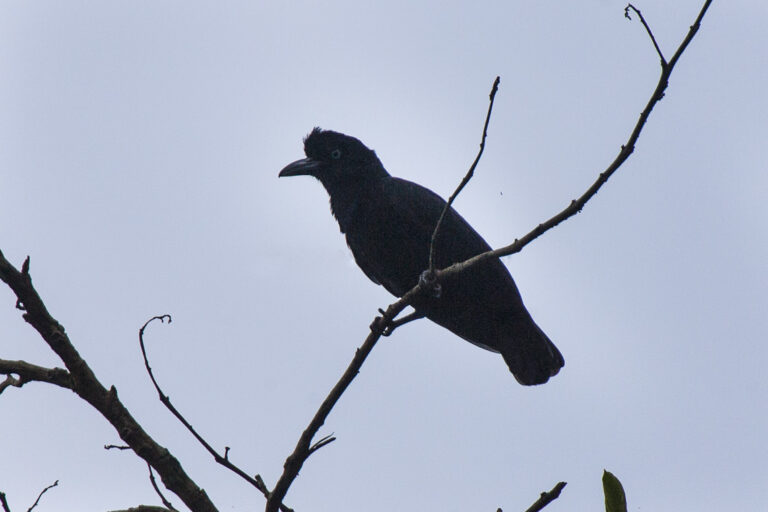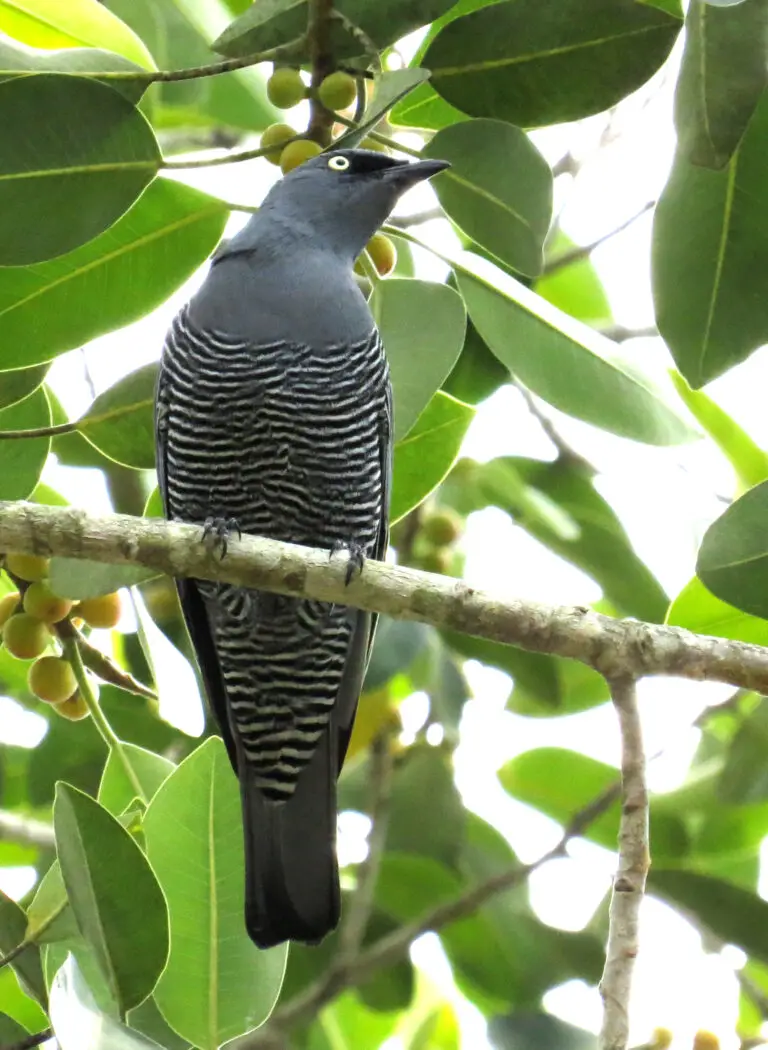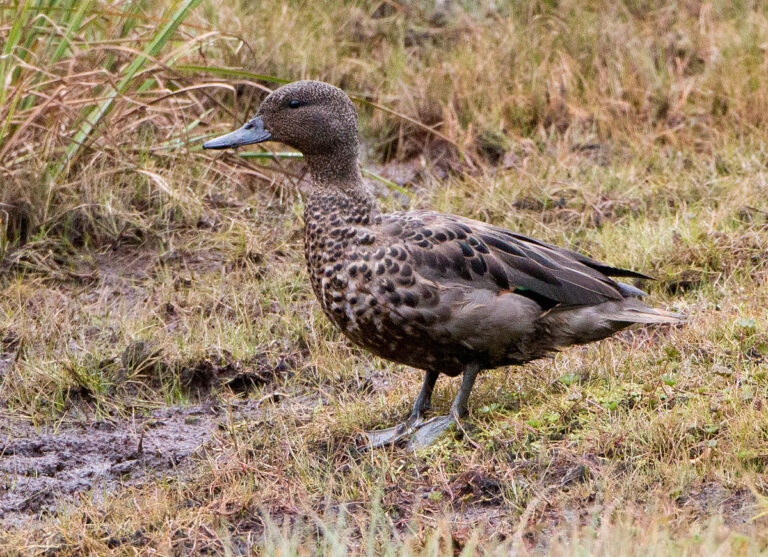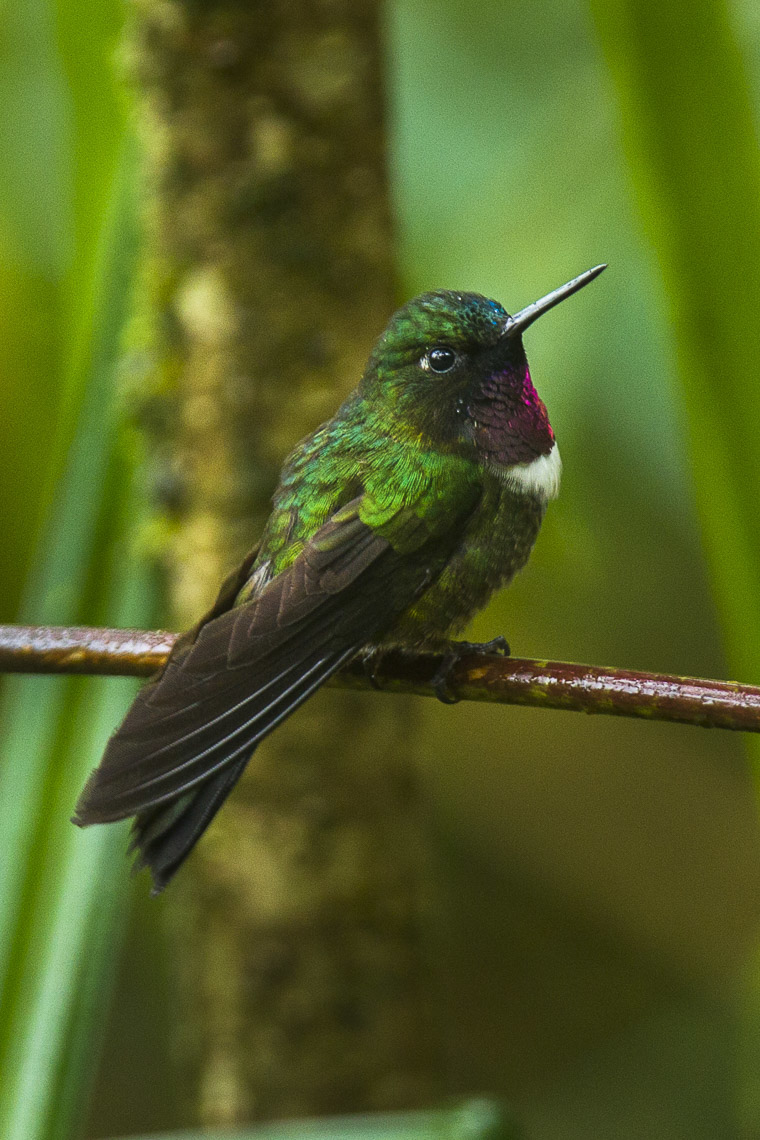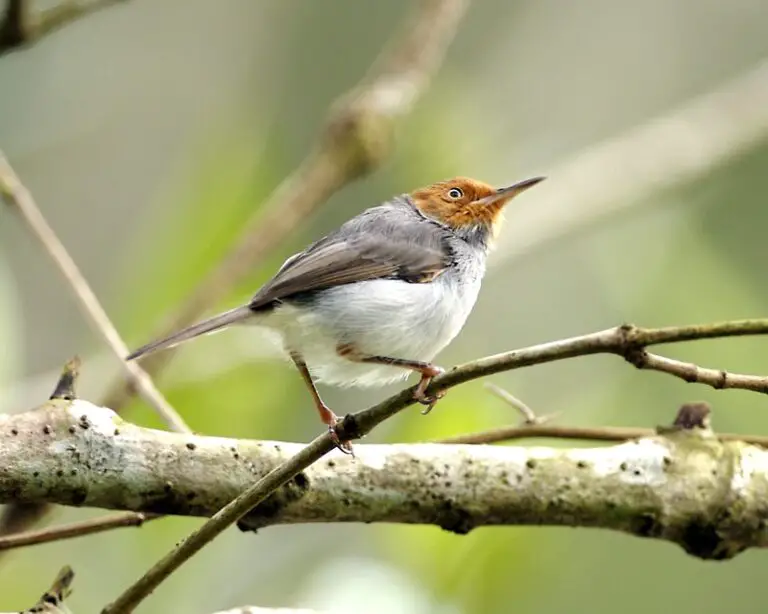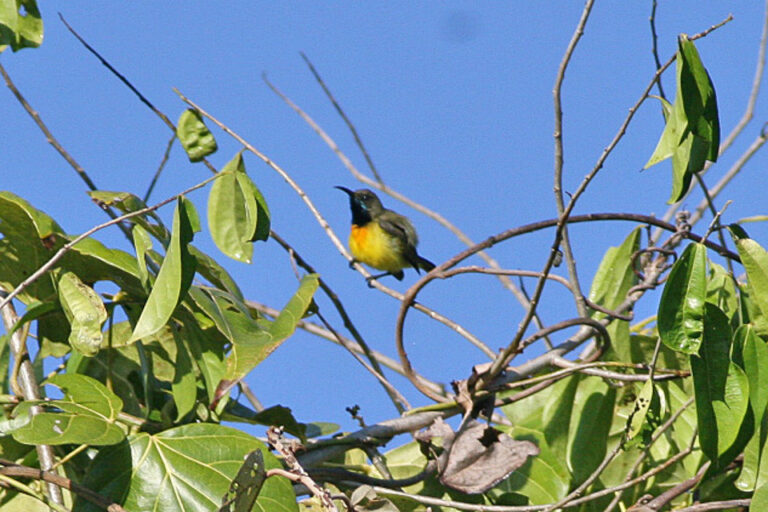Veery (Catharus fuscescens)
“The veery is named for its sharp “veer” call.”
The Veery, scientifically known as Catharus fuscescens, belongs to the following taxonomic classifications:
- Kingdom: Animalia
- Phylum: Chordata
- Class: Aves
- Order: Passeriformes
- Family: Turdidae
- Genus: Catharus
- Species: Catharus fuscescens
Its conservation status is currently listed as Least Concern. Veeries can be found in various regions across the Americas, including Central America, North America, and South America.
The Veery, Catharus fuscescens, have several interesting facts and physical characteristics:
Facts:
- Prey: Feeds primarily on insects and invertebrates, with insects being its main prey.
- Fun Fact: The Veery is named for its distinctive sharp “veer” call.
- Estimated Population Size: Approximately 11 million individuals.
- Biggest Threat: Faces a significant threat from habitat loss.
- Wingspan: Ranges from 11.0 to 11.4 inches.
- Incubation Period: Eggs typically hatch after 10 to 14 days of incubation.
- Diet: Classified as an omnivore, consuming a variety of food sources.
- Nesting Location: Constructs its nests on the ground.
- Migratory: Exhibits migratory behavior.
Physical Characteristics:
- Color: Exhibits shades of brown and white in its plumage.
- Lifespan: Typically lives up to 10 years.
- Weight: Weighs between 1.0 to 1.9 ounces.
- Length: Measures between 6.7 to 7.1 inches in length.
- Venomous: Not venomous.
These features contribute to the unique ecology and biology of the Veery within its habitat across the Americas.
Veery Summary
The Veery, commonly referred to as the Veery Thrush, is a petite songbird that migrates across North and South America. Its whereabouts shift with the seasons. These charming creatures have a penchant for insects, but every now and then, they might nibble on plants like specific fruits.
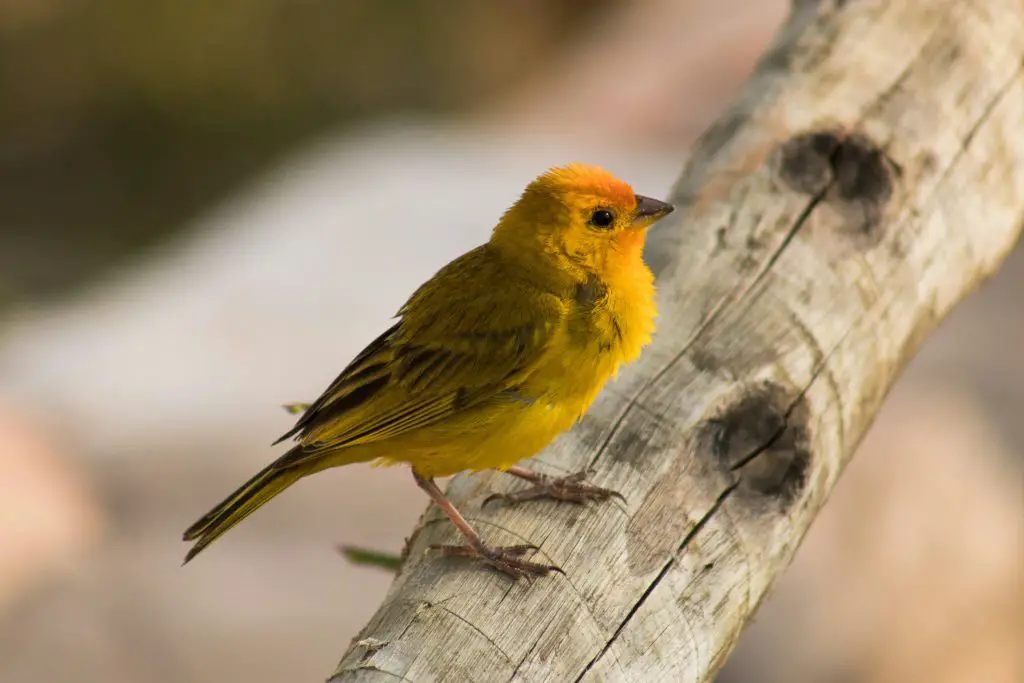
Veery Interesting Facts
- Veeries are capable of flying up to 160 miles in a single night during migration, showcasing their impressive endurance.
- Unfortunately, Veery nests are vulnerable to being invaded by brood parasites, notably the brown-headed cowbird.
- Unlike some other species of thrush, Veeries possess the remarkable ability to undertake transoceanic flights.
- Veeries are most active during the early morning and at dusk, contributing to the serene ambiance of those times of day.
Where to Find Veeries
Veeries’ whereabouts vary depending on the time of year, making bird-watching an exciting pursuit for enthusiasts. Here’s where you can expect to find them:
- Breeding Season: During breeding months, Veeries inhabit the northernmost regions of their range, spanning the northern states of the U.S. and southern Canada. They prefer damp, dense forests near water sources like rivers and streams. These forests typically consist of trees such as alder, aspen, birch, cherry, fir, maple, oak, and spruce. Beaver wetlands are especially favored breeding areas, providing abundant habitat due to increasing beaver populations.
- Migration: While migrating, Veeries can be spotted in the southeastern U.S. and northeastern parts of South America. They winter in central and southern Brazil. Look for them along forest edges, where they often forage on the ground.
Nesting Habits:
- Veeries usually build their nests on the ground, though sometimes they choose elevated surfaces not exceeding 5 feet high. The female primarily constructs the nest while her mate guards the territory.
- The nest is constructed over 6 to 10 days, starting with a platform made of dead leaves, bark, and stems. The female then lines it with finer materials like rootlets to create a soft, secure bedding for eggs and hatchlings.
Veery Scientific Name
The Veery, scientifically known as Catharus fuscescens, belongs to the Class Aves and the Order Passeriformes. It is a member of the Family Turdidae, which encompasses various species of passerine thrushes.
The common name “Veery” is derived from the sharp “veer” call that this species emits. Additionally, its genus name, Catharus, originates from the Greek word “katharos,” meaning “pure.” This likely refers to the clarity or purity of its call.
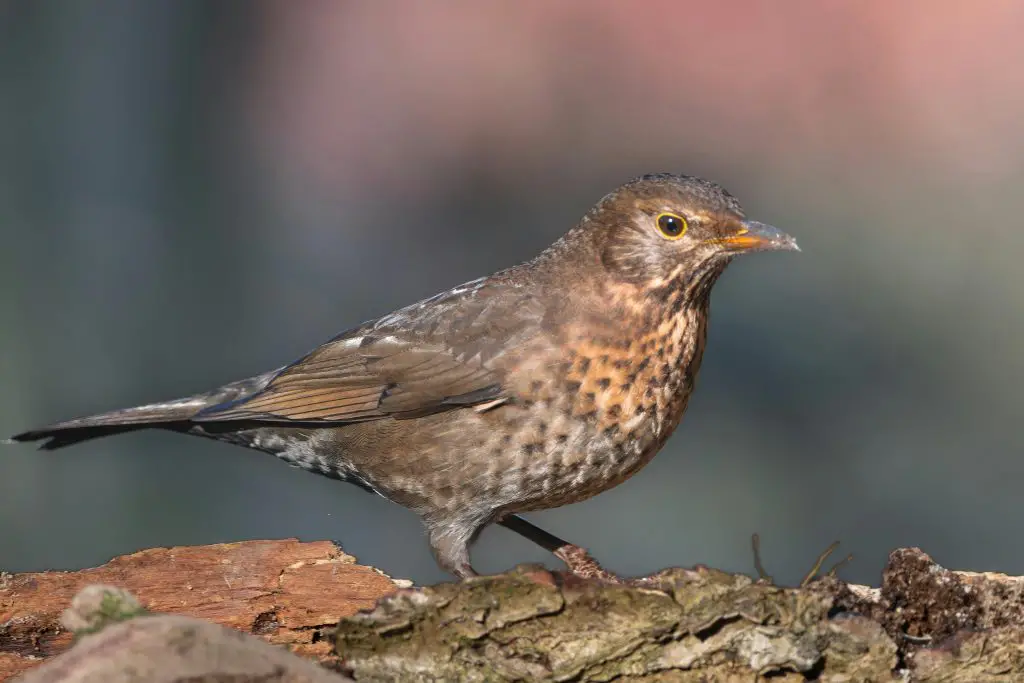
Veery Size, Appearance, and Behavior
The Veery is a medium-sized thrush with a plump body and a round head, featuring a thin, pointed beak. Adults typically measure between 6.7 to 7.1 inches in length and weigh between 1.0 to 1.9 ounces, with a wingspan ranging from 11.0 to 11.4 inches.
Males and females of this species generally exhibit little to no distinguishable differences. Their plumage is typically a brown-cinnamon color on the back and head, while the underside appears pale. Most individuals display brown spotting along the chest and throat.
While there’s no significant sexual dimorphism, Veeries do exhibit regional variations in appearance. Those breeding in Newfoundland and the westernmost part of their range tend to be darker in coloration compared to their counterparts in the eastern and southern regions. Additionally, individuals in these areas may have more pronounced spotting due to their darker hues.
In their natural habitat, Veeries prefer to keep a low profile amidst the forests they inhabit. They’re often unnoticed except for their distinctive, cascading call echoing through the trees. Their days are mainly spent scouring the ground and fallen vegetation for prey, occasionally taking to the air to snatch insects.
Male Veeries can display aggression, particularly towards rivals and females. However, this aggression tends to diminish as they transition into the courtship phase.
Veeries are medium-sized thrushes with soft, rounded features.
When it comes to migration, Veeries don’t maintain significant year-round populations. Nearly all populations undertake migration, following similar routes at approximately the same time. They typically migrate from their breeding grounds in eastern North America and South America to spend the winter in Brazil. As winter wanes, they embark on a similar journey northward.
Unlike many other thrush species, Veeries possess strong wings and efficient energy consumption, enabling them to undertake transoceanic migrations with relative ease.
Veery Diet
Veeries possess a varied diet comprising both animal and plant components. They exhibit foraging behaviors both on the ground and in the air, consuming insects, amphibians, and a variety of wild fruits and berries. The proportion of each component in their diet fluctuates depending on whether it’s breeding season or not. During breeding season, animal matter constitutes a larger portion of their diet, while plants dominate the rest of the year.
Animal Components: Veeries feed on a range of creatures, including beetles, ants, wasps, caterpillars, grasshoppers, flies, bugs, frogs, and salamanders.
Plant Components: Their plant-based diet includes Juneberries, honeysuckle, strawberries, blackberries, wild cherries, sumac, dogwood fruits, blueberries, wild grapes, and elderberries.
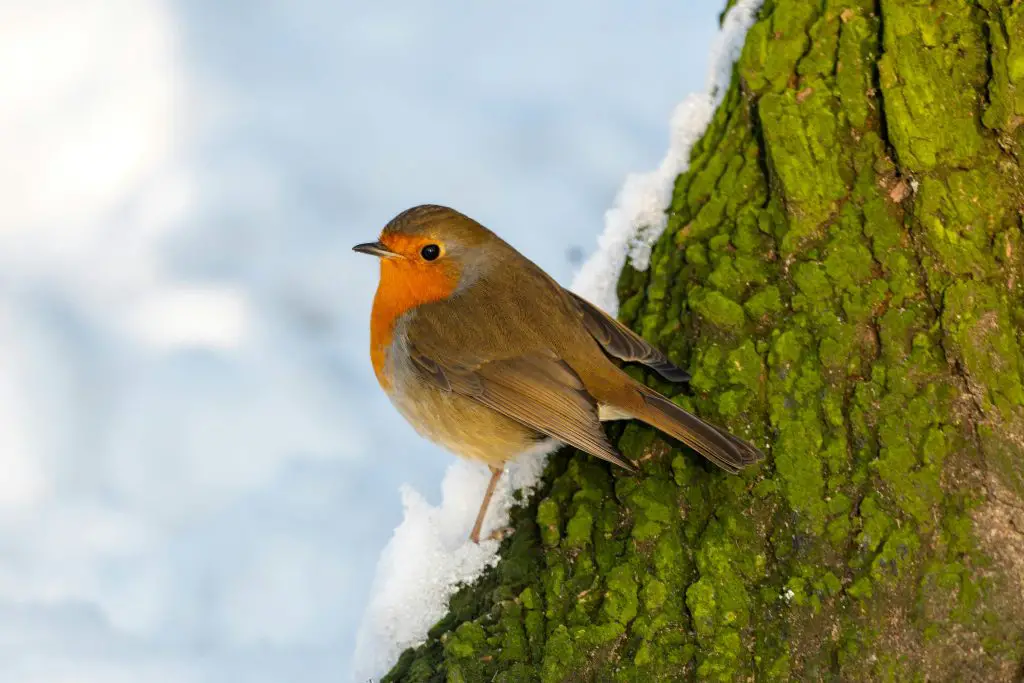
Veery Predators and Threats
Deforestation poses a significant threat to Veery populations as they rely on specific habitats, which are increasingly being cleared for agriculture or urban development. Additionally, the proliferation of deer and other herbivores contributes to the destruction of dense woodlands, further diminishing suitable habitats for Veeries.
Brood parasites like the brown-headed cowbird pose another threat to Veeries. These parasites lay their eggs in Veery nests, diverting essential nutrients away from Veery hatchlings and often leading to their failure to thrive.
In addition to human-induced threats, Veeries face natural predators, including hawks, snakes, mice, feral, and domesticated cats, as well as owls. These predators target both adult Veeries and their young, posing further challenges to their survival.
Veery Reproduction, Babies, and Lifespan
Veeries typically produce one to two broods each year, with each brood containing anywhere from one to five eggs. These eggs are relatively small, usually measuring around 1 inch or less in length, and are characterized by a greenish-blue coloration. The female Veery diligently incubates her eggs for a period of 10 to 14 days until they hatch.
Upon hatching, the young Veeries are born with closed eyes and lack a significant amount of down. They remain nestled in the nest for approximately 10 to 12 days, relying on parental care for sustenance and protection.
On average, Veeries live up to 10 years, with the oldest known individual reaching at least 13 years of age. This longevity contributes to their importance within their ecosystems and highlights their ability to adapt and thrive in their habitats.
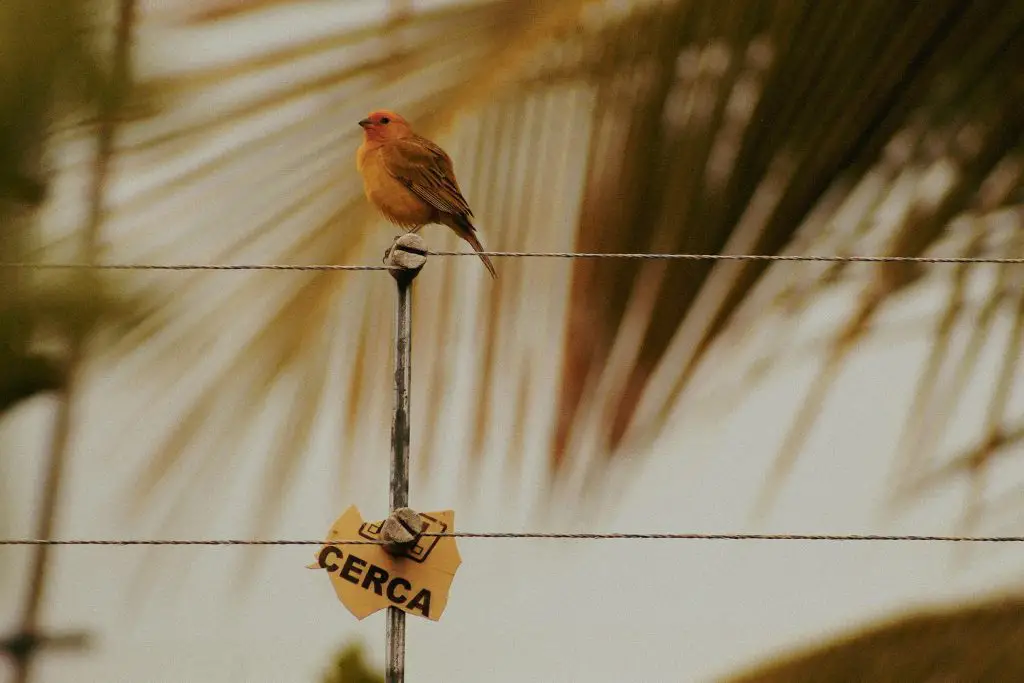
Veery Population
Recent research and studies estimate that the global breeding population of Veeries stands at approximately 11 million individuals. While the population appears relatively stable at first glance, a closer examination reveals a gradual decline over recent decades. This decline is estimated to be around 0.6 percent per year, resulting in a total decrease of approximately 28 percent from 1966 to 2019.
Despite this decline, Veeries are currently classified as a species of least concern. However, ongoing monitoring and conservation efforts are crucial to ensure the continued well-being of Veery populations and their habitats.
Before You Go…
The Veery, with its distinctive “veer” call and adaptable nature, is a captivating species of songbird found across the Americas. While facing threats such as habitat loss and brood parasitism, Veeries continue to maintain a global breeding population of around 11 million individuals. Although experiencing a slow decline in recent decades, they are currently classified as a species of least concern. However, ongoing conservation efforts are essential to safeguard their populations and ensure their continued presence in the diverse ecosystems they inhabit.
